Margarine is an artificial substitute for natural animal and vegetable fats. In fact, the concept of margarine contains different fats produced synthetically. After a massive publicity over the past century, margarine became the most widely used oil in the world. Over the last decade, shock began to come to light as we realized the damage from this product.
Because of this fact, manufacturers worldwide are constantly striving to improve the product by the addition of various vitamins, blending with natural oils, etc. Today margarine is produced by a wide variety of animal or vegetable fat and is often mixed with skim milk, salt and emulsifiers. There are also products which are claimed to have a 100% vegetable fat.
The history of margarine started in 1869 with a French chemist trying to invent detergent creates the basis of what we now use as a coating for bread. At the time, margarine was the perfect replacement for expensive and hard to find, because of the plague, oil.
The romantic version of the story of the creation of margarine tells how in the 60s of the 19th century French emperor Napoleon III announces a reward for those who create a satisfactory substitute for butter, suitable for use by the army and the lower classes. French chemist Hippolyte Inter-Morris invented a substance called "oleo".
From France, the "revolutionary discovery" is taken to the United States, and by 1873 the business of substituting oil was extremely successful. Since the mid 80s of the 19th century, the U.S. federal government imposed a tax of 2 cents per pound, and an expensive license for the production and sale of margarine. Individual states began to require that it be clearly marked and should not be presented for real butter.

Composition of margarine
Turbulent history of acceptance and denial of margarine as a useful food passes through different stages, denial, enhancements, advertising bans and the margarine that we buy today is the best selling spreading product in some parts of the world.
The origin of the name is from Greek and means pearl, because at the beginning it was hard, white and shiny. It was manufactured from bovine fat milk and pieces of sheep's and cow's udder. Production gradually started to use vegetable and fish oils. With advances in chemistry, they started to put additives which enhance appearance, its ability to spread and flavor.
In order to keep from melting, it is treated by the addition of hydrogen atoms and fatty molecules which make it more dense and increases the melting point. Hydrogenated margarine does not spoil, does not go rancid and is not even an attractive food for insects and rodents.
Production of margarine
The vast majority of margarine on the market began life as polyunsaturated (liquid) oils derived from various plant sources such as corn, sunflower, peanuts, and others. After being purified, to be converted into a solid, the oil is heated to a very high temperature under pressure. Then hydrogen is introduced in the mixture in the presence of nickel and aluminum as catalysts. Hydrogen molecules bind with the carbon to give a solid mass called margarine.

In their original form, this mass is darker in color and smells quite bad. To obtain the margarine, that you buy at the stores, it passes through the bleaching process (similar to the bleaching of laundry), coloring, addition of preservatives, perfuming and sometimes vitamins are added.
To enable the mass to become margarine, it passes through the hydrogenation process that chemically converts some polysaturated (liquid) and saturated fats (solids). This process turns the wholesome fatty acids in the not-so-wholesome "trans" - fatty acids, which are a scourge on human health.
Composition of margarine
Margarine contains less saturated fat in itself and often has less calories than butter. It is considered a good source of vitamins A and E and essential fatty acids. People who regularly eat margarine, often prefer it to butter substitutes, because it is lighter and has a less greasy taste.
Unfortunately, the process of hydrogenation creates trans fats in margarine, which you can not properly digest. This leads to stimulation of the human body to produce cholesterol. Traces of toxic metals used in the process are also found.
The presence of nickel in the production of margarine is a frightening fact. Chemists are adamant that nickel can not be filtered completely, regardless of the method used. In the preparation of margarine, nickel is injected into very small particles. The percentage content of is from 0.5 to 1 percent. Cheapest method of production is even more frightening – they use an equal mixture of nickel and aluminum, in which, however, to be effective, the quantity is increased from one to ten percent of the product weight.
3.5 oz (100 g) of margarine generally contains: Calories 719 kcal, Protein 0.9 g, Carbohydrate 0.9 g, Fat 80.5 g
Selection and storage of margarine
Choose margarine whose packaging contains clear information about the manufacturer and expiration date. Store it in a sealed box in the refrigerator.
Margarine in cooking

Use of margarine in cooking is similar to that of other fats. Some types of margarine are extremely unsuitable for frying, do not melt completely and begin to spray heavily. As an alternative to cow's butter, margarine can be used in almost all cakes and biscuits, which require the addition of fat.
Intentionally or not, we often consume margarine without asking for it by buying some chips or seeds.
The vast majority of products in the food industry are produced with hydrogenated fats - sweets, biscuits, crisps, all kinds of pastries, meal, etc.). So it is better to think about is the next time you want to have any of these snacks.
Damage from margarine
Trans fatty acids decrease good cholesterol, it means that fat obtained in hydrogenation are much more harmful than saturated fats that all medical professionals have identified as harmful. There is evidence that trans fats can cause bioaccumulation in the body as the digestive system does not know what to do with them. As a result, the minimum that can happen is weight gain.
The use of the hydrogenated product is associated with diabetes, coronary heart disease and obesity. All medical professionals agree that one should limit the consumption of hydrogenated products or to avoid them, if possible, to reduce exposure to trans fat. People need to eat healthy with healthy fats to prevent unwanted side effects, and many types of diseases.
In essence hydrogenation is fierce heat and subsequent processing of oil destroys all the vitamins and minerals and alters the composition of proteins. Moreover, the vital fatty acids (Essential Fatty Acids) are changed and sometimes converted to antagonistic ingredients - instead of useful, they become harmful.
According to the research work of Dr. Hugh Sinclair, head of the laboratory of human nutrition at the University of Oxford, the lack of these fatty acids "contribute to nervous disorders, heart disease, atherosclerosis, skin diseases, arthritis and cancer."
Nickel, which is put into the process of production of margarine, even in minimal doses, is carcinogenic. Moreover, extrinsic metal in the human body, such as nickel, has been studied as an agent for atherosclerosis.
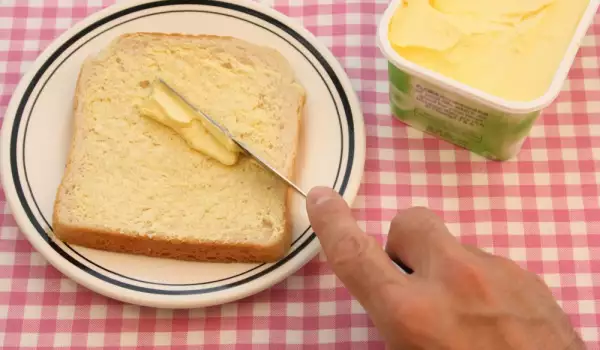
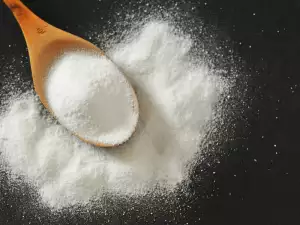
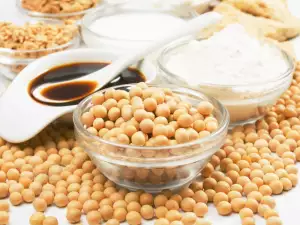
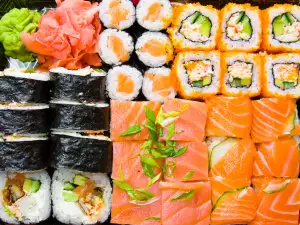
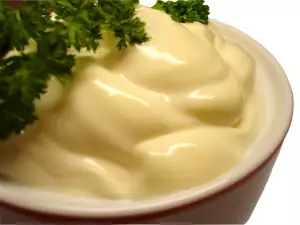
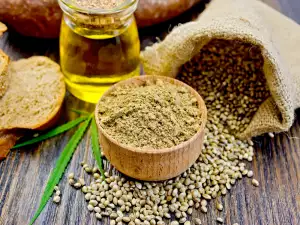
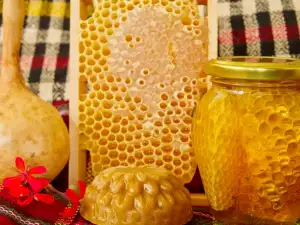

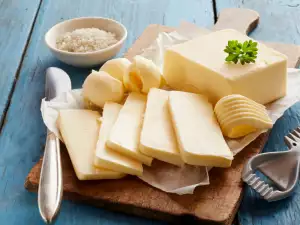
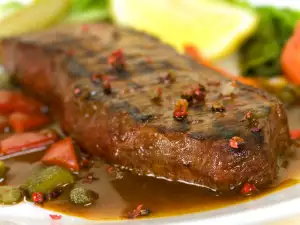
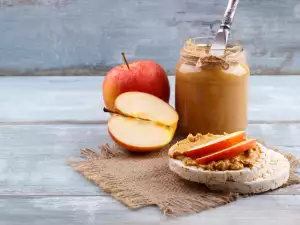







Comments